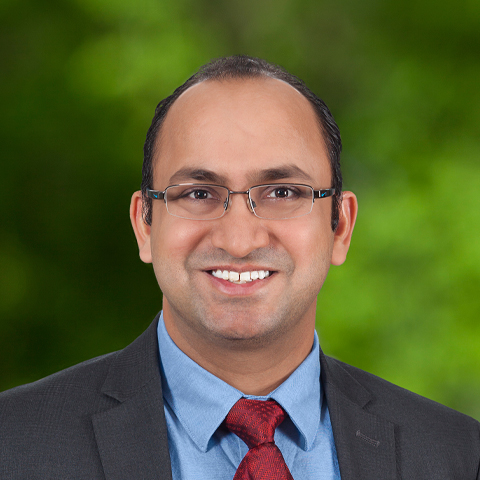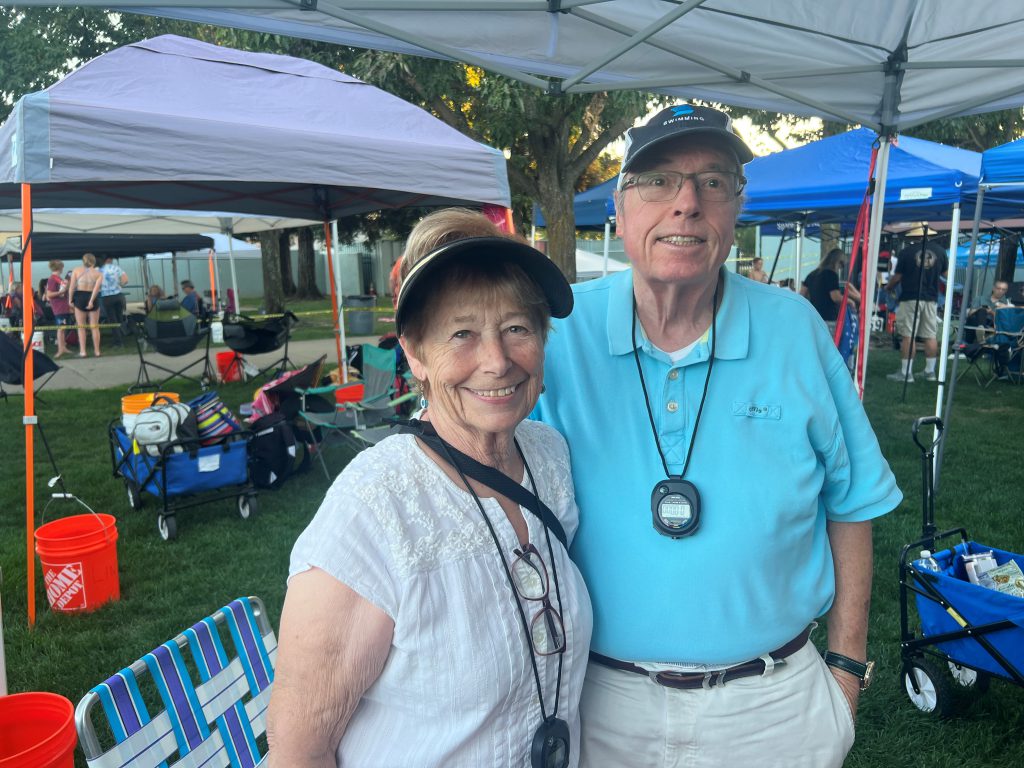The Sutter Health Telestroke Program facilitates access to remote specialty care for patients across Northern California.
Individuals who experience a stroke know well that life can change in an instant: Brain cells begin dying seconds after a stroke-induced clot blocks blood flow and oxygen to the brain. This jeopardizes one’s ability to move, speak and think, and increases the risk of permanent disability and even death.
Thankfully, the speed of innovation at Sutter Health has kept pace with the race to get patients the urgent care they need after a stroke. From clot-busting drugs and Mobile Stroke Units to tiny devices that remove or dissolve clots in arteries, new treatments and technologies are getting patients the care they need to recover from stroke as free from disability as possible.

Dr. Ilana Spokoyny is the Director of Sutter’s Telestroke Program.
That lifesaving care is now even easier and faster for more patients to access with the launch of Sutter’s telestroke program across the not-for-profit’s Northern California hospitals. The program is one of the largest of its kind in Northern California.
“Expanding telestroke across our organization brings specialized care to more Sutter patients when and where they need it. This is especially important for the treatment and triage of life-threatening medical emergencies like stroke,” says Dr. Ilana Spokoyny, a Sutter West Bay Medical Group physician who practices at Sutter’s Mills-Peninsula Medical Center and California Pacific Medical Center. She is director of Sutter’s Mobile Stroke Unit and the telestroke program.
24/7 Stroke Telemedicine When Every Second Counts
Telestroke means healthcare providers who have specialized training in treating strokes use advanced technology to care for people who’ve had strokes in another location. These stroke experts work with local emergency healthcare providers to recommend diagnosis and treatment.
At Sutter Health, the telestroke technology is a sophisticated telemonitoring program that ensures stroke patients in large and small communities have 24/7 access to an expert team of Sutter-affiliated stroke specialists who collaborate with medical staff “at the bedside.”

Dr. Manoj Mittal is the Medical Director of Stroke and Neurocritical Care at Sutter Medical Center in Sacramento.
“Many regional hospitals don’t have neurologists on site to recommend the most appropriate stroke care,” says Dr. Manoj Mittal, Sutter Health medical director of Stroke & Neurocritical Care. “With telestroke, a stroke expert at the distant site consults in ‘real time’ with healthcare providers and with patients who’ve had strokes at the originating, remote site. This is important because getting patients prompt diagnosis and treatment is crucial after a stroke. It increases the chances that clot-busting therapies can be rapidly delivered to reduce stroke-related disability and even death.”
Dr. Mittal says telestroke also helps reduce the likelihood patients will require transfer to a larger urban center if they experience a stroke in a smaller or rural community.
Telestroke at Sutter Health: How It Works
When medical staff call Sutter’s telestroke hotline, the on-call stroke neurologist is rapidly connected to the local care team. The teleneurologist reviews the case and diagnostic images, and performs a video consultation.
The telestroke physician can also connect with an interventional neuroradiologist or neurosurgeon to develop a coordinated treatment plan best suited to the patient’s care needs. If the patient requires immediate, advanced care not available locally, the telestroke program includes a highly specialized priority transfer plan coordinated through the Sutter Health Transfer Center.
Building on a Decades-long Legacy of Telestroke at Sutter Health
Sutter launched its first telestroke program at CPMC in 2009. Since then, Sutter has grown and enhanced its telestroke technology by:
- Creating new partnerships with additional Sutter-affiliated neurologists and emergency department physicians, so more patients may benefit from high-quality, fast and reliable stroke telemedicine
- Improving communication between Sutter stroke specialists and the telestroke Transfer Center, making patient transfer to larger hospitals (when needed) more efficient
“We’re deeply proudly of this multidisciplinary teamwork and Sutter’s telestroke program that provides ‘spoke’ hospitals stroke coverage with rapid patient evaluation, treatment and transfer recommendations. This robust, in-house and virtual stroke center of excellence brings cutting-edge, connected stroke care to all patients needing it across our communities,” says Amanda Reyes, a specialist at Sutter’s telestroke Transfer Center.
Contact us here to learn more about Sutter’s Telestroke Program and the solutions it offers hospitals. BE FAST to spot a stroke.





